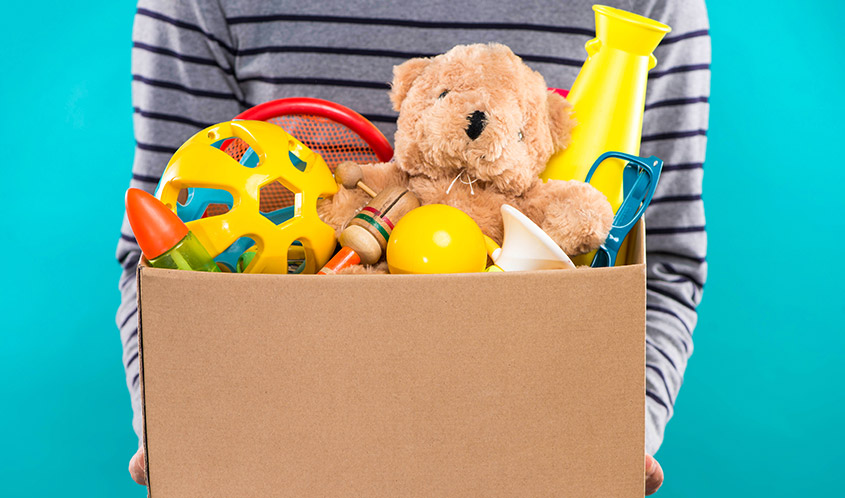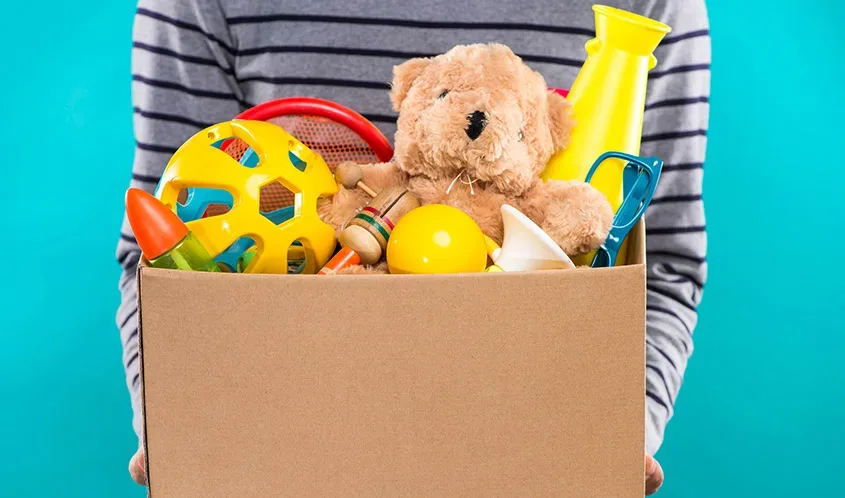
by SUE WARFIELD, president, American Specialty Toy Retailing Association
ASTRA’s vision is to “change the world through the power of play” — and classic play is vital to this vision.
If you look up the definition for the word “classic,” there’s a phrase that stands out: “something that has a recognized and established value.”
This issue of the Toy Book is dedicated to classic toys like dolls, plush, games, puzzles, arts and crafts, and construction sets. These categories are definitely considered classics, but what makes them more fascinating are the reasons these toys have held such endearing value and have earned a place in countless kids’ toy chests. That’s a question that we at ASTRA have been focusing on recently in relation to the reintroduction of our Certified Play Expert Program (CPE). The objective of this workshop is to tackle questions related to the definition of play, the value of play, the reasons people play, and the inherent benefits of play throughout our lives.
For example, when covering the areas of child development, our workshop digs into the physical, communicative, cognitive, sensory, and social-emotional benefits of play. As an example of the kind of information we cover, let’s look at a quintessential, classic toy that is a staple in almost every kid’s nursery: plush.
One of the theorists who we touch on in the training is Donald Winnicott, a psychoanalyst and pediatrician who died in 1971. He coined the term “transitional object” in 1951, defining it as any material object (typically soft — a piece of cloth or part of a plush toy) to which an infant places special value. A baby uses this object for several important psychological reasons, including the hugely difficult chore of learning how to separate and develop an autonomous sense of self from their mother. Think of plush toys as an antidote against separation anxiety for young kids.
“What makes them more fascinating are the reasons these toys have held such endearing value and have earned a place in countless kids’ toy chests.”
From a social-emotional development aspect, Winnicott saw the comfort these items brought to infants and how an object, such as a teddy bear, had the potential for a small child to consider it — endearingly and magically — to be both real and make-believe at the same time.
Other classic play categories also provide their own additional benefits. Construction sets are a notable example of how kids learn concepts that are often neglected in traditional education. An excerpt from our workshop states, “ … scientific literature verifies that constructive play affects children’s spatial ability and has a direct relation to their mathematical and problem-solving skills throughout their lives.” As you may have recognized, these toys tie in critical STEM skills.
Finally, let’s focus on what has often — especially lately due to the COVID-19 pandemic — brought families together around their kitchen tables to share experiences: classic games like checkers, chess, bingo in all formats, and Go Fish, just to name a few. This time together teaches the vital lesson of turn-taking and the basics of compromise and negotiation. It also provides a testing ground for kids to learn leadership and group skills.
Games also provide huge social-emotional benefits. Kids learn the rules of social engagement and how to cooperate and build relationships. Incredibly, these interpersonal and intrapersonal skills are more of a predictor of a good and happy life than a child’s IQ.
In addition to learning about key child development psychologists and their theories, our workshop also covers societal threats to play along with key research, reports, and risks that surround it.
The Toy Book is right to honor these classic toys and play products that have continued to serve as developmental tools; and ASTRA will continue to share the importance and value of play.
This article was originally published in the May 2022 edition of the Toy Book. Click here to read the full issue!


